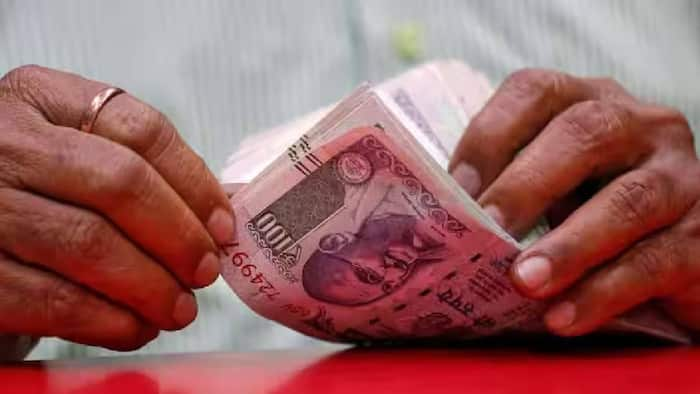
Written By Om Gupta
Published By: Om Gupta | Published: Dec 20, 2023, 10:16 PM (IST)

On December 19, Parliament disclosed data indicating that the total unclaimed deposits in banks for the fiscal year 2023 amounted to ₹42,270 crore, a 28 percent increase from the previous year. A significant portion of this sum (₹36,185 crore) is held by public sector banks, while the remaining ₹6,087 crore is with private sector banks.
Depositors with unclaimed deposits in one or more financial institutions can search for their funds on the Reserve Bank of India’s (RBI) Udgam portal.
To understand how a deposit becomes unclaimed, it’s important to know that the RBI rules state that any balance in a savings or current account that has not been operated for 10 years, and fixed deposits that have matured more than 10 years ago, are transferred to the ‘Depositor Education and Awareness’ Fund by the respective bank. However, depositors can still claim these unclaimed deposits by approaching their bank, but they should first check the amount of unclaimed deposit on the Udgam portal.
The Udgam portal is a platform where depositors can find information about their unclaimed deposits. It was developed in partnership with Reserve Bank Information Technology Pvt Ltd (ReBIT), Indian Financial Technology & Allied Services (IFTAS), and other institutions. Initially, the portal only had details from seven banks, but as of September 28, 2023, it has expanded to include 30 banks.
Step 1: Log in to the website (https://udgam.rbi.org.in/unclaimed-deposits/#/login).
Step 2: Register on the portal by providing your details such as mobile number, first name, last name, password, and captcha.
Step 3: After entering these details, agree to the disclaimer and privacy policy, and declare that you are using the portal for legitimate purposes by ticking the two boxes underneath.
Step 4: Once you’ve completed the registration process, you can log in with the provided details and search for unclaimed deposits in any of the 30 banks listed on the portal.
Meanwhile, the photograph on your Aadhaar card plays a crucial role in verifying your identity, enabling you to avail a range of services and benefits offered by both government and private entities. There may be instances where you need to update the photo on your Aadhaar card due to reasons such as low quality, an outdated look, or inconsistency with other identification documents. If you want to change your photo on your Aadhaar card, here is a step-by-step guide on how to change your photo on Aadhaar card.